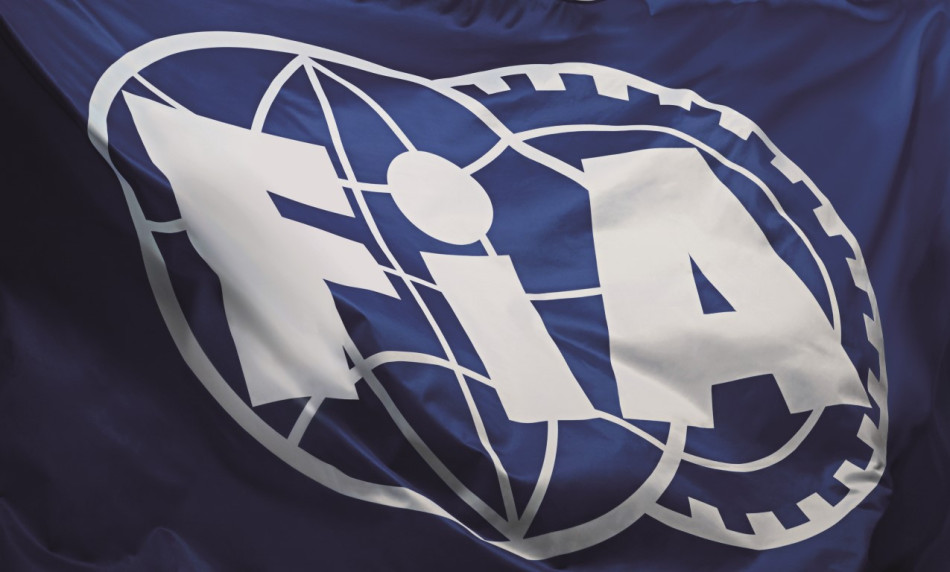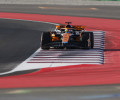FIA Formula 1 Commission - Media Statement
The Formula 1 Commission gathered today, 26 April, in London, for its second meeting of the year, following four hugely successful opening rounds across three continents. FIA President Mohammed Ben Sulayem chaired and opened the meeting, congratulating the Formula 1 community for the exciting start to the 2022 campaign.

The following is an overview of the key discussion points and decisions.
Sprint
With the first of three Sprint events of the 2022 season popular with fans and stakeholders last weekend at the Emilia Romagna Grand Prix, Formula 1 and the teams were supportive of an extension to six Sprint events for the 2023 season, running with the same format as in 2022. While supporting the principle of an increased number of Sprint events, the FIA is still evaluating the impact of this proposal on its trackside operations and personnel, and will provide its feedback to the Commission.
2026 Power Unit
The key objectives of the next generation Formula 1 Power Unit, set to be introduced from 2026, have previously been presented and centre around four key pillars:
- Maintaining the spectacle – the 2026 Power Unit will have similar performance to the current designs, utilising high-power, high-revving V6 internal combustion engines and avoiding excessive performance differentiation to allow for improved raceability.
- Environmental sustainability – the 2026 Power Unit will include an increase in the deployment of electrical power to up to 50%, and utilise a 100% sustainable fuel.
- Financial Sustainability – work is ongoing to define, consolidate and improve Financial Regulations regarding the Power Units, and the aim is to reduce the overall costs for competitors whilst retaining the cutting-edge technological showcase that is at the core of Formula 1.
- Attractive to new Power Unit Manufacturers – the regulations are intended to make it possible and attractive for newcomers to join the sport at a competitive level.
As the development of the regulatory framework for the 2026 Power Unit continues, the FIA set out a number of key targets relating to performance parameters, sustainability, and financial regulations to the Commission, which offered positive feedback for this framework which does not require approval under the current governance structure.
Objectives relating to the Power Unit will result in concurrent updates to the aerodynamic regulations, and the FIA has therefore set the following preliminary targets following simulation work by its aerodynamic department. These targets were well received by the Commission:
- Significantly reduced drag to improve sustainability and efficiency and complement the Power Unit characteristics.
- Maintain and improve on recent lessons learned about close racing and cars being able to follow each other.
- Reduce car dimensions.
- Reduce or contain car mass.
- Sustainability: Continue path towards the standardisation or simplification of strategically-selected components for cost-cutting purposes. Expand the usage of sustainable materials or technologies and focus on recyclability.
- Continued innovation in terms of car safety, moving towards active and connected safety systems.
Helmet Cameras
Following the trialling of the latest generation of helmet cameras over recent events, they have proved to be a great success, generating significant positive feedback from fans as a valuable addition to the broadcast of Grands Prix. Therefore, it was proposed and unanimously approved to update the 2023 Technical Regulations, mandating the use of these helmet cameras for all drivers from 2023 onwards.
Reduction in tyre usage
The Commission unanimously agreed to trial a reduction in the tyre allocation from 13 sets to 11 at two events in the 2023 season. This will be done to evaluate the impact of the reduction in tyre allocation on track-running, with the overall intention to move to more sustainable use of tyres in the future.
Note that all regulatory changes are subject to approval by the World Motor Sport Council.

 Facebook
Facebook Twitter
Twitter





